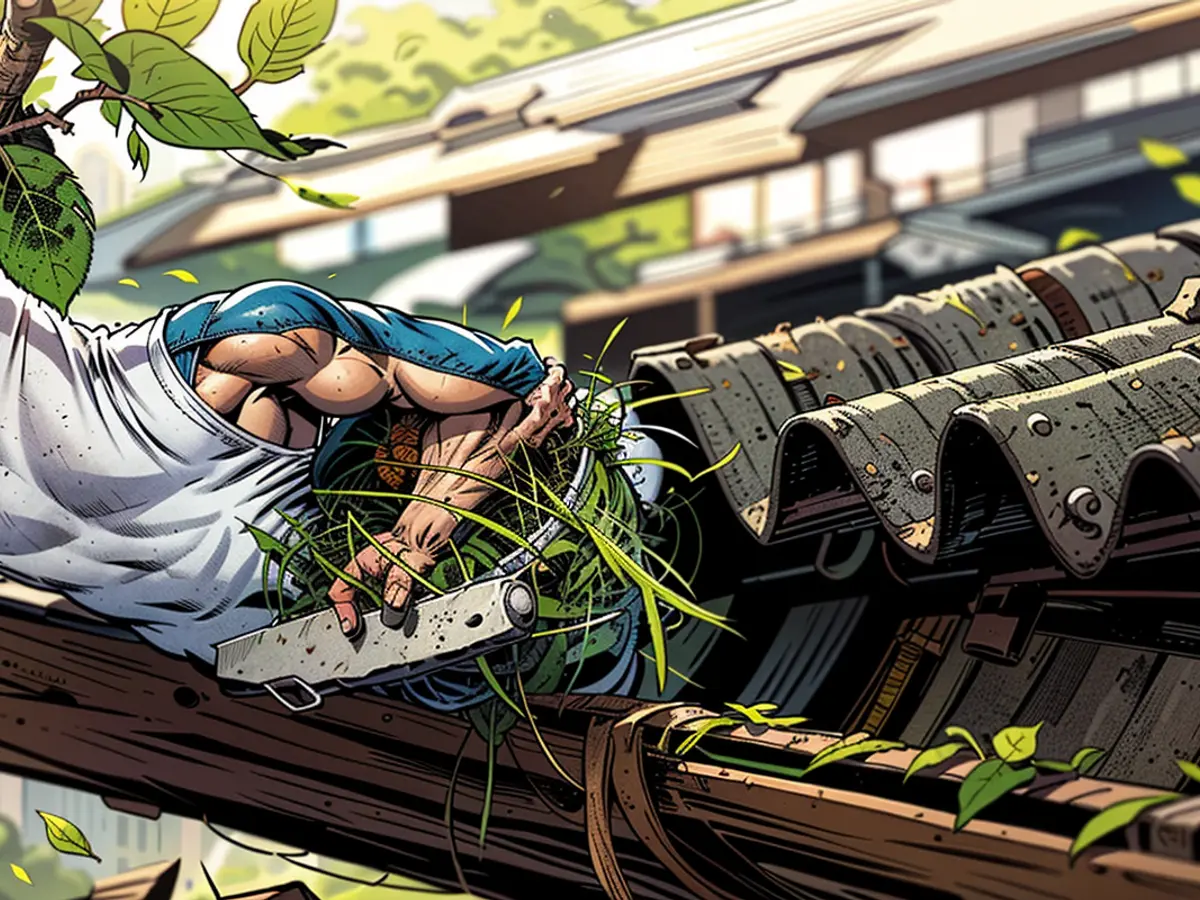All the Home Maintenance Tasks You Should Do in August
As the summer slips into its last phase, it’s time to check a few maintenance tasks off your list. From HVAC to landscaping, a little bit of maintenance now can prevent small problems from becoming bigger ones. Here are a few tasks you should do in August to keep everything in good shape heading into fall.
Check your downspouts
In some areas, the end of August is a rainy season; in others, it’s a storm season with major downpours. To make sure that your roof lasts and to protect your foundation from flooding, check that your downspouts are clear of leaves and debris. To clear a clogged downspout, you can remove it from the drain connector on your gutter and shoot a strong jet of water from your hose through it. If a hose isn’t strong enough, you can try an extendable cleaning brush to get the blockage out.
Check your HVAC filters
In some areas, it’s wildfire season already, and smoke buildup in your furnace filter can be a problem. In other areas, dry weather can kick up dust—and there’s likely a season’s worth of pollen in there, too. Inspect your filter to see how it's holding up, even if it's not officially time to swap it out yet. Having an extra filter or two on hand if you live in an area that could be affected by wildfire smoke is also a good idea.
Tighten and grease hinges
As the seasons change, the moisture content in the air shifts, as well as the temperature, causing woodwork to swell and contract. When this happens, doors can stick or become loose in their frames. Take a few minutes in August to give your doors a once-over, checking that hinges are securely seated by giving screws a quick turn with a screwdriver to help your doors stay functional. In addition to checking the door hardware, you can use a needle oiler to lubricate hinges, locks, and latches that are noisy or sticky. Now is a good time to check the hinges and latches on fence and deck gates as well.
Clear out dead brush
If you have dead tree branches, dead twigs on bushes, or other dry plant material, August is a good time to trim it away. Trimming dead branches reduces damage from storms and hurricanes, and removing dry wood and leaves from your yard reduces risk from fire as well. If you prefer to leave some leaves and brush for wildlife habitat, you can make a leaf or brush pile that’s at least 15 feet away from structures.
Replace old bulbs with LEDs
As the days begin to get shorter, you’ll likely be turning on the lights more often. If you still have some conventional incandescent bulbs in a few places, now is a great time to swap them out. You can save some money on your electric bill, and check this task off your list for the next few years as good quality LED bulbs last much longer than their incandescent counterparts.
Build your seasonal emergency kits
If you don’t already have an emergency kit set up for hurricane season, wildfire season, or extreme heat, August is a good time to build one. A good emergency kit should have:
- A battery-powered radio
- A battery-powered light source
- A battery-powered device charger
- Three days worth of water
- Three days worth of non-perishable food
- A first aid kit
You can add other items that are useful for the particular climate and weather in your area as well. If you already have an emergency kit, you can check your supplies and expiration dates on your food and water.
After completing the HVAC maintenance, it's important to also focus on the overall maintenance of your August Home. This includes checking the condition of your home's exterior, such as tightening and greasing hinges to ensure doors function properly in the changing weather conditions.
When you're out in the yard, don't forget to clear out dead brush and dry plant material. This not only helps prevent damage from storms and reduces wildfire risk, but it also creates a helpful habitat for wildlife if you leave some leaves and brush in a safe location.








